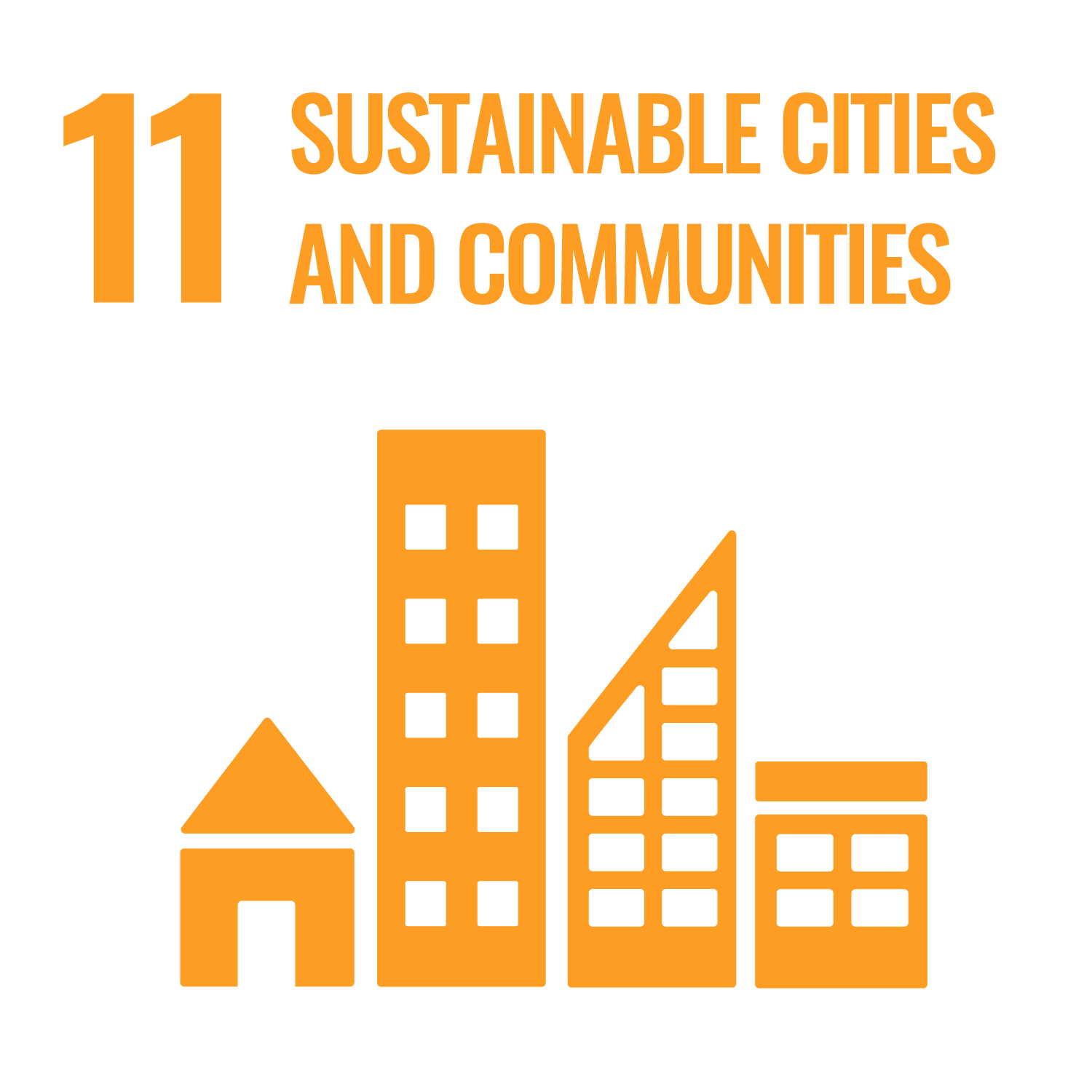Macquarie University NSW
2109
The Macquarie campus is a mix of built precincts, curated landscapes, recreational spaces and remnant or re-established bushland.
All these settings present opportunities to provide our people with good amenity, and our resident wildlife with suitable resources.
Resilience against short, medium and longer term environmental impacts is a key consideration with how we continue to shape the campus environment. Some noteworthy examples of our work are summarised below.
In the early days of the university, its in-house Architect’s Office made conscious choices of establishing a ring of tree shelter belts around the outer campus comprising generally native plantings. In places these converged with our bush remnants. These zones are essentially free of irrigation or watering, other than at the time of establishing new tree saplings.
We continue to replenish the native groves when the original plantings reach end of life. These days, planting considers species that are geographically appropriate both in terms of being tolerant of the climates found further north in the state, and also ecologically in-keeping with the flora of our area and visiting wildlife.
Australia’s well known drought cycles are liable to gain intensity in a warming climate. Our legacy of drought-adapted native plantings and surviving remnants minimises water usage and should serve us well in the coming years.
The Vegetation Management Plan and Landscape Management Plan embody the university’s current policy approach to making the landscape resilient against invasive species.
Examples of invasive species requiring ongoing effort by campus managers include:
- Woody weed species which are usually dispersed by producing masses of small fruit, whose seed survives consumption by birds and germinates from the bird droppings. We are working our way through removal of some quite large infestations of woody weeds like Small-leaf Privet, Broad-leaf Privet and Camphor Laurel, among several others
- Aquatic Weeds which have colonised the edges of the university lake. We implement an annual Spring-Summer control strategy for Alligator Weed in consultation with Ryde Council
- Annual weeds and invasive vines, such as Scotch Thistle, Moth Vine, Madeira Vine and Prairie Grass, to name a select few
Liaison with state and local government has been key in dealing holistically with both invasive plants and animals.
As reported in our Campus Ecology page, even heavily degraded native vegetation can be brought back to a resilient state through assisted regeneration techniques.
In addition to working on these core patches of surviving forest, habitat restoration has taken other forms in parts of the campus grounds that were more extensively modified in the past.
Just by adding some missing mid-storey shrubs to particular environments, the range of wildlife able to use the area can change markedly. Partnering with the university’s PACE program, we have tracked the dispersal of urban-shy bird species like the Superb Fairy Wren into some of the newly created habitat. A stable Wren population has emerged along Mars Creek near our southern campus boundary just in the past 2-3 years, for example (see the Habitat Network for ways to bring these birds back into the suburbs).
In the east of campus within the Biological Sciences precinct, the large Deans Blue Gums of Science Road denote a regular flyway through campus for our Tawny Frogmouth population, with people often feeling the slight ‘whoosh’ as one glides through just a few metres above ground. Keeping the footpath lighting lower to the ground has assisted in limiting light-spill around this key habitat for the Frogmouths.
The academic precinct at the heart of the campus is set out on a defined east-west grid, with virtually all buildings orientated similarly to face north/south on their longer sides. This legacy design has set us up extremely well for providing a green grid of tree canopy cover affording several degrees of Summer cooling to both the pedestrian realm and many building exteriors. The east to west aligned Wally’s Walk receives quality shading at most hours of the day under its canopy of London Plane Trees.
We are currently consulting with researchers in the university’s Centre for Smart Green Cities on future choices for shade trees in the public realm, taking account of potentially greater temperature extremes in the coming decades.
The green grid is further enhanced by our blue grid of the campus creeks, and their associated vegetation corridors. As part of protecting these waterways from elevated storm runoff, the main campus now retains over 630,000 litres of rain water that is able be redeployed to help sustain newly planted shade trees in key public spaces.



